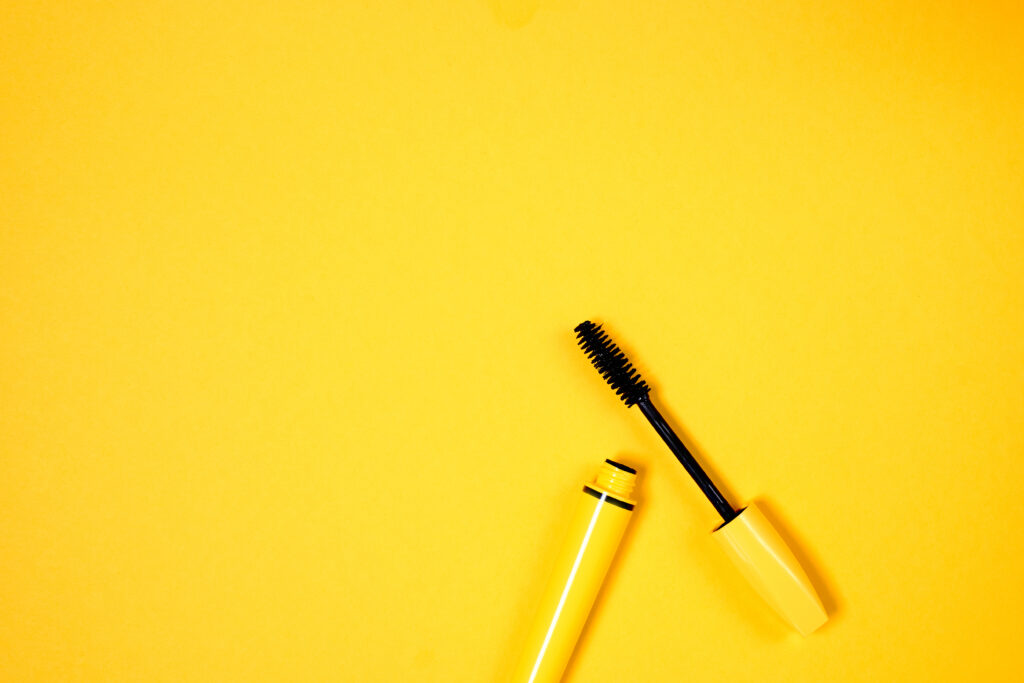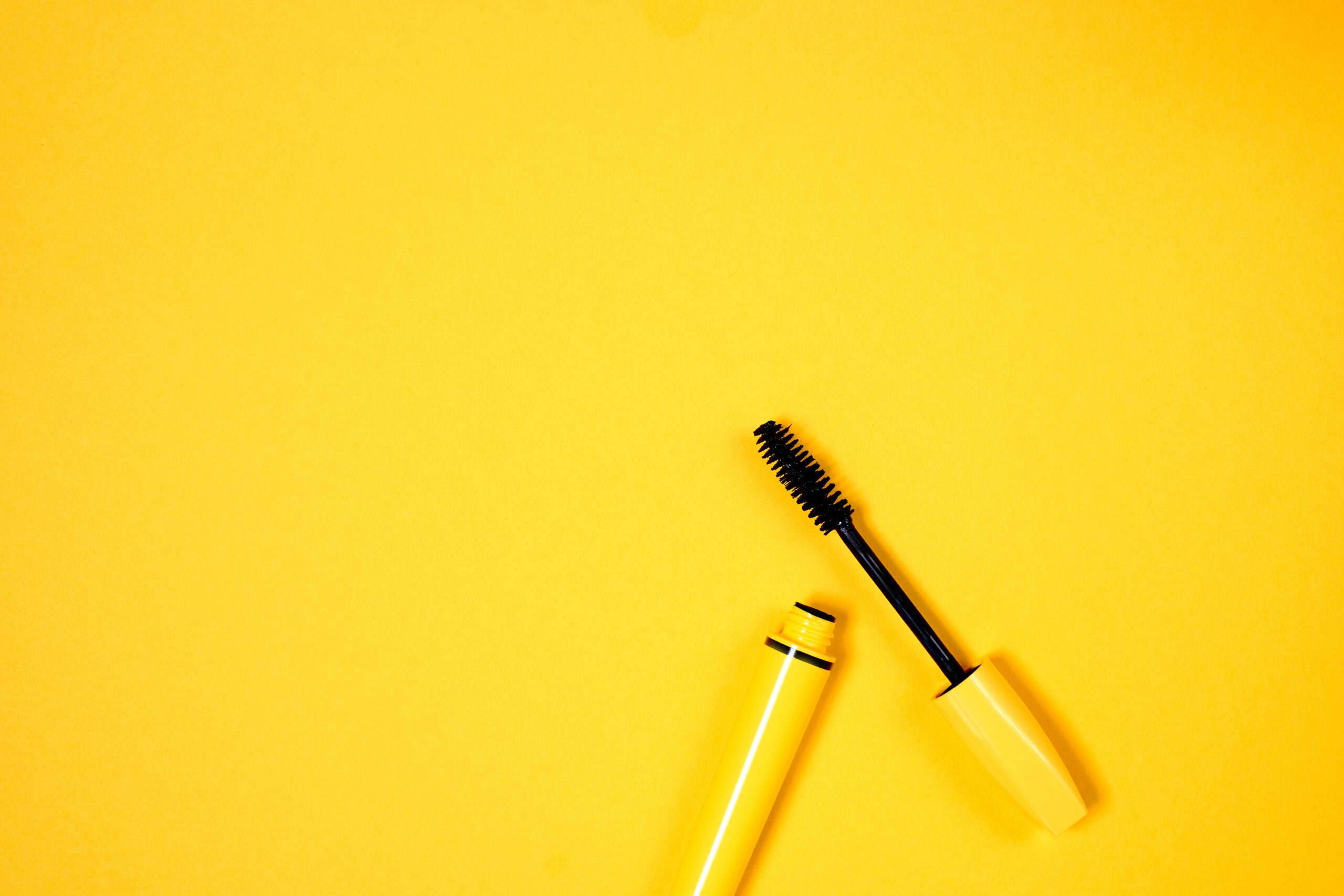Are you a makeup lover who wants to ensure that your products are clean and well-maintained? In this article, we will explore the best practices for cleaning and storing makeup. We will discuss the importance of keeping your brushes clean, the benefits of organizing your products, and helpful tips for prolonging the lifespan of your favorite cosmetics. By following these simple steps, you can keep your makeup collection in top shape and enhance your overall beauty routine.

This image is property of images.pexels.com.
Cleaning Makeup Brushes
Regular Brush Cleaning
Regularly cleaning your makeup brushes is essential for maintaining their performance and preventing the buildup of product and bacteria. To clean your brushes, start by dampening the bristles with lukewarm water. Then, apply a small amount of mild shampoo or brush cleanser onto your palm or a cleaning mat. Gently swirl the brush bristles in the cleanser, being careful not to submerge the base of the brush. Rinse the bristles thoroughly under running water until no soap residue remains. Finally, gently squeeze out any excess water and reshape the bristles. Lay your brushes flat or hang them upside down to dry, ensuring that the bristles are not touching any surfaces.
Deep Cleaning
In addition to regular brush cleaning, it is important to give your brushes a deep clean every few weeks. Deep cleaning helps to remove any stubborn product buildup or bacteria that may be hiding deep within the bristles. One effective method for deep cleaning is to use a mixture of warm water and gentle baby shampoo. Submerge the bristles in the soapy mixture and swirl them around gently. Be careful not to let the water reach the base of the brush as it can loosen the glue that holds the bristles together. Rinse the brushes thoroughly under running water until the water runs clear. Squeeze out any excess water and reshape the bristles before drying.
Drying and Shaping
Properly drying and shaping your makeup brushes is crucial for maintaining their shape and longevity. After cleaning, gently squeeze out any excess water from the bristles. Avoid twisting or pulling on the bristles, as this can cause them to become misshapen or shed. To prevent water from seeping into the base of the brush and loosening the glue, it is recommended to dry your brushes by laying them flat or hanging them upside down. You can use a brush drying rack or simply lay the brushes on a clean towel with the bristles extending over the edge of a table or counter. Allow the brushes to air dry completely before using or storing them.
Cleaning Makeup Sponges
Regular Sponge Cleaning
Like makeup brushes, makeup sponges also require regular cleaning to maintain their performance and prevent the buildup of product and bacteria. To clean your makeup sponges, start by wetting them thoroughly under running water. Then, apply a small amount of gentle soap or brush cleanser onto the surface of the sponge. Gently squeeze and massage the sponge to work the cleanser into the bristles, allowing it to penetrate and lift any trapped makeup. Rinse the sponge under running water until no soap residue remains. Squeeze out any excess water and repeat if necessary. Finally, gently reshape the sponge and allow it to air dry.
Deep Cleaning
In addition to regular cleaning, deep cleaning your makeup sponges is important for removing stubborn stains and buildup. One effective method for deep cleaning is to create a mixture of warm water and liquid dish soap. Submerge the sponge in the soapy water and massage it gently to release any trapped makeup. Rinse the sponge thoroughly under running water until the water runs clear. Squeeze out any excess water and reshape the sponge before allowing it to air dry completely.
Drying
Properly drying your makeup sponges is crucial to prevent the growth of bacteria and maintain their integrity. After cleaning, gently squeeze out any excess water from the sponge. Avoid twisting or pulling on the sponge, as this can cause it to tear or lose its shape. To dry the sponge, place it on a clean towel or sponge drying mat. Allow it to air dry completely before using or storing. It is important to note that makeup sponges should never be stored damp, as this can create a breeding ground for bacteria.

This image is property of images.pexels.com.
Cleaning Makeup Palettes and Pans
Removing Excess Product
Cleaning your makeup palettes and pans is necessary to prevent cross-contamination between different products and to maintain their cleanliness. To remove excess product, start by gently tapping the palette or pan on a clean tissue or towel to loosen any loose powder or debris. Then, using a clean, dry brush or a makeup wipe, gently wipe away any remaining product on the surface. Be careful not to press too hard or use excessive force, as this can damage the pans or lift the product from the palette.
Sanitizing the Surface
After removing excess product, it is important to sanitize the surface of your makeup palettes and pans to eliminate any bacteria or germs. One effective method for sanitizing is to use isopropyl alcohol. Dampen a clean cloth or cotton pad with isopropyl alcohol and gently wipe down the surface of the palette or pan. Pay extra attention to areas where there may be product buildup or visible stains. Allow the surfaces to air dry completely before using or storing.
Storing Properly
Proper storage of your makeup palettes and pans is essential for keeping them clean and prolonging their lifespan. After cleaning and sanitizing, ensure that the palettes are completely dry before putting them back in their designated storage space. It is recommended to store palettes and pans in a cool, dry place away from direct sunlight and moisture. Consider using storage containers or organizers specifically designed for makeup to keep them organized and protected from dust and damage.
Cleaning Makeup Containers
Cleaning Lipstick Tubes
Cleaning lipstick tubes is crucial for maintaining hygiene and preventing the transfer of bacteria to your lips. To clean lipstick tubes, start by removing any excess product from the surface using a clean tissue or cotton pad. Then, dampen a cloth or cotton pad with isopropyl alcohol or a gentle antiseptic solution and wipe down the entire exterior of the tube. Pay special attention to the cap, as it often collects dirt and makeup residue. Finally, allow the tube to air dry completely before using or storing.
Cleaning Powder Compacts
Regular cleaning of powder compacts is necessary to prevent the buildup of oils, bacteria, and debris. To clean powder compacts, start by removing any remaining product from the surface using a clean brush or tissue. Then, dampen a cloth or cotton pad with isopropyl alcohol and gently wipe down the interior and exterior of the compact. Pay attention to the corners and crevices of the compact, as they can often collect product residue. Allow the compact to air dry completely before using or storing.
Cleaning Foundation Bottles
Cleaning foundation bottles is essential for maintaining the quality and hygiene of the product. To clean foundation bottles, start by removing the cap and pump (if applicable) from the bottle. Rinse them under running water to remove any dried product or residue. Then, fill a bowl or sink with warm water and gentle soap. Submerge the bottle in the soapy water and use a clean cloth or sponge to gently scrub the exterior and interior of the bottle. Rinse the bottle thoroughly under running water until no soap residue remains. Allow the bottle, cap, and pump to air dry completely before reassembling and using.

This image is property of images.pexels.com.
Cleaning and Storing Makeup Bags
Emptying and Sorting
Regularly emptying and sorting your makeup bag is essential for maintaining cleanliness and organization. Start by removing all the products from your makeup bag and sorting them into categories, such as face, eyes, lips, and tools. Discard any expired or damaged products and wipe them down if necessary.
Wiping Down the Interior
After emptying and sorting, it is important to clean the interior of your makeup bag to remove any product residue or dirt. Start by using a clean, damp cloth or makeup wipe to wipe down the interior surfaces of the bag. If the bag is washable, follow the care instructions to clean it thoroughly. Allow the bag to air dry completely before reorganizing your products.
Organizing and Storing
Once your makeup bag is clean and dry, it’s time to organize and store your products effectively. Use compartments or dividers within the bag to separate different makeup categories and prevent products from mixing together. Consider using travel-sized containers or pouches for smaller items such as brushes, lipsticks, and eyeliners. Make sure to close the makeup bag securely to prevent dust or debris from entering. Store your makeup bag in a cool, dry place away from direct sunlight and extreme temperatures.
Disinfecting and Sanitizing Makeup
Using Rubbing Alcohol
Rubbing alcohol can be an effective disinfectant for makeup products and tools. To disinfect your makeup, start by cleaning the surface of your powdered products, such as eyeshadows or blushes, as mentioned earlier. Then, lightly mist the surface of the product with rubbing alcohol, ensuring not to saturate it. Allow the alcohol to evaporate completely before using the product again. For makeup brushes, you can mist them with rubbing alcohol and let them air dry or spot clean the bristles by dipping them in rubbing alcohol and gently wiping them on a clean cloth or paper towel.
Keeping Applicators Clean
Applicators such as sponge applicators or brushes can harbor bacteria and germs if not properly cleaned and sanitized. Regularly washing sponge applicators with soap and water or using disposable sponge applicators can help maintain hygiene. For brushes, spot cleaning with rubbing alcohol or using a brush cleanser between uses can help remove any product residue and bacteria. Make sure to let the applicators dry completely before using them again.
Sanitizing Cream and Liquid Products
Cream and liquid products such as foundations, concealers, and lipsticks can also be sanitized to prevent the growth of bacteria. One method is to use a clean, disposable spatula or cotton swab to scoop out the desired amount of product onto a clean surface or the back of your hand. Avoid directly dipping your fingers or applicators into the product to minimize the risk of contamination. If necessary, you can also mist the surface of cream or liquid products with rubbing alcohol and allow it to dry before using.
Cleaning and Storing Makeup Brushes for Different Products
Foundation Brushes
Foundation brushes come into direct contact with your skin, so it is important to keep them clean to prevent skin irritations or breakouts. Regularly clean your foundation brushes using the methods mentioned earlier in this article. Additionally, consider having separate brushes for different types of foundations, such as one for liquid foundations and another for powder foundations. This helps to prevent product buildup and ensure better application.
Eyeshadow Brushes
Eyeshadow brushes can accumulate different shades of eyeshadow, leading to color transfer and muddied application. To clean eyeshadow brushes, rinse them under running water and use a brush cleanser or mild shampoo to remove any residue. For more stubborn or darker shades, you can spot clean the bristles with rubbing alcohol. Dry the brushes upside down to maintain their shape and prevent water from seeping into the ferrule.
Lip Brushes
Lip brushes are prone to transferring color from one product to another, especially if used with bold or dark lipsticks. Clean your lip brushes regularly using the cleaning methods mentioned earlier. To ensure thorough cleaning, consider using a lip brush only for a specific color family or shade range. This prevents color mixing and allows for more precise application.
Cleaning and Storing Natural Hair Brushes
Gently Removing Makeup
Natural hair brushes require extra care to preserve their softness and shape. To remove makeup from natural hair brushes, start by tapping off any excess product onto a clean tissue or towel. Then, gently swirl the bristles in a cleaning solution or mild shampoo mixed with warm water. Avoid soaking the brush as it can damage the natural hair bristles or make them lose their shape. Rinse the brushes thoroughly under running water and squeeze out any excess water.
Conditioning the Bristles
Natural hair brushes can benefit from occasional conditioning to keep them soft and supple. After cleaning, you can use a small amount of conditioner or hair oil to add moisture and nourishment to the bristles. Gently massage the conditioner or oil into the bristles, taking care not to wet the ferrule. Leave the conditioner on for a few minutes and then rinse thoroughly under running water. Squeeze out any excess water and reshape the bristles before drying.
Storing Properly
To preserve the shape and longevity of natural hair brushes, it is important to store them properly. After cleaning and drying, lay the brushes flat or hang them upside down to maintain their shape and prevent moisture from seeping into the ferrule. Avoid storing natural hair brushes in airtight containers or pouches, as this can trap moisture and lead to mold growth. Instead, store them in a cool, dry place away from direct sunlight and extreme temperatures.
Cleaning and Storing Synthetic Brushes
Cleaning Process
Synthetic brushes are generally easier to clean compared to natural hair brushes. Begin by tapping off any excess product from the brushes. Then, dampen the bristles with water and apply a small amount of gentle soap or brush cleanser. Gently swirl the bristles in the cleanser, working it into a lather. Rinse the brushes thoroughly under running water until the water runs clear. Squeeze out any excess water and reshape the bristles.
Drying Synthetic Brushes
Synthetic brushes can be dried by laying them flat on a clean towel or hanging them upside down. It is important to ensure that the bristles are not touching any surfaces to prevent distortion or flattening of the bristles. Allow the brushes to dry completely before using or storing. Synthetic brushes tend to dry faster than natural hair brushes, but it is still important to avoid using them until they are fully dry to maintain their shape and performance.
Storing to Maintain Shape
To maintain the shape of synthetic brushes, store them in brush guards or in a brush holder. Brush guards can help to protect the bristles and prevent them from bending or fraying. If using a brush holder, make sure that the brushes are standing upright and the bristles are not touching any surfaces. Store synthetic brushes in a cool, dry place away from direct sunlight and extreme temperatures.
Safe Storing Practices for Makeup
Avoiding Extreme Temperatures
Extreme temperatures can negatively affect the quality and performance of your makeup products. It is important to store your makeup in a cool, dry place away from direct sunlight, heat sources, or cold drafts. Avoid leaving your makeup in areas such as bathrooms, where humidity and temperature fluctuations can cause products to degrade or spoil.
Preventing Exposure to Light
Exposure to light, especially direct sunlight, can degrade the effectiveness and quality of certain makeup products. To protect your makeup, store it in opaque containers or drawers, away from windows or bright light sources. If your makeup comes in transparent packaging, consider transferring it to opaque containers or storing it in a makeup bag.
Storing Away from Moisture
Moisture can ruin powdered products and contribute to the growth of bacteria or mold. It is crucial to store your makeup in a dry environment and protect it from moisture. Avoid storing makeup in areas prone to humidity, such as bathrooms or near sinks. Consider using moisture-absorbing packets or silica gel packets in your makeup storage to help absorb excess moisture and maintain product integrity.
By following these best practices for cleaning and storing your makeup, you can ensure that your products stay in optimal condition, prolong their lifespan, and promote good hygiene. Remember to clean your brushes, sponges, palettes, and containers regularly, sanitize your makeup, and store them in suitable conditions. Taking care of your makeup not only protects your investment but also helps you achieve flawless application and ensures the safety of your skin. Happy cleaning and storing!
